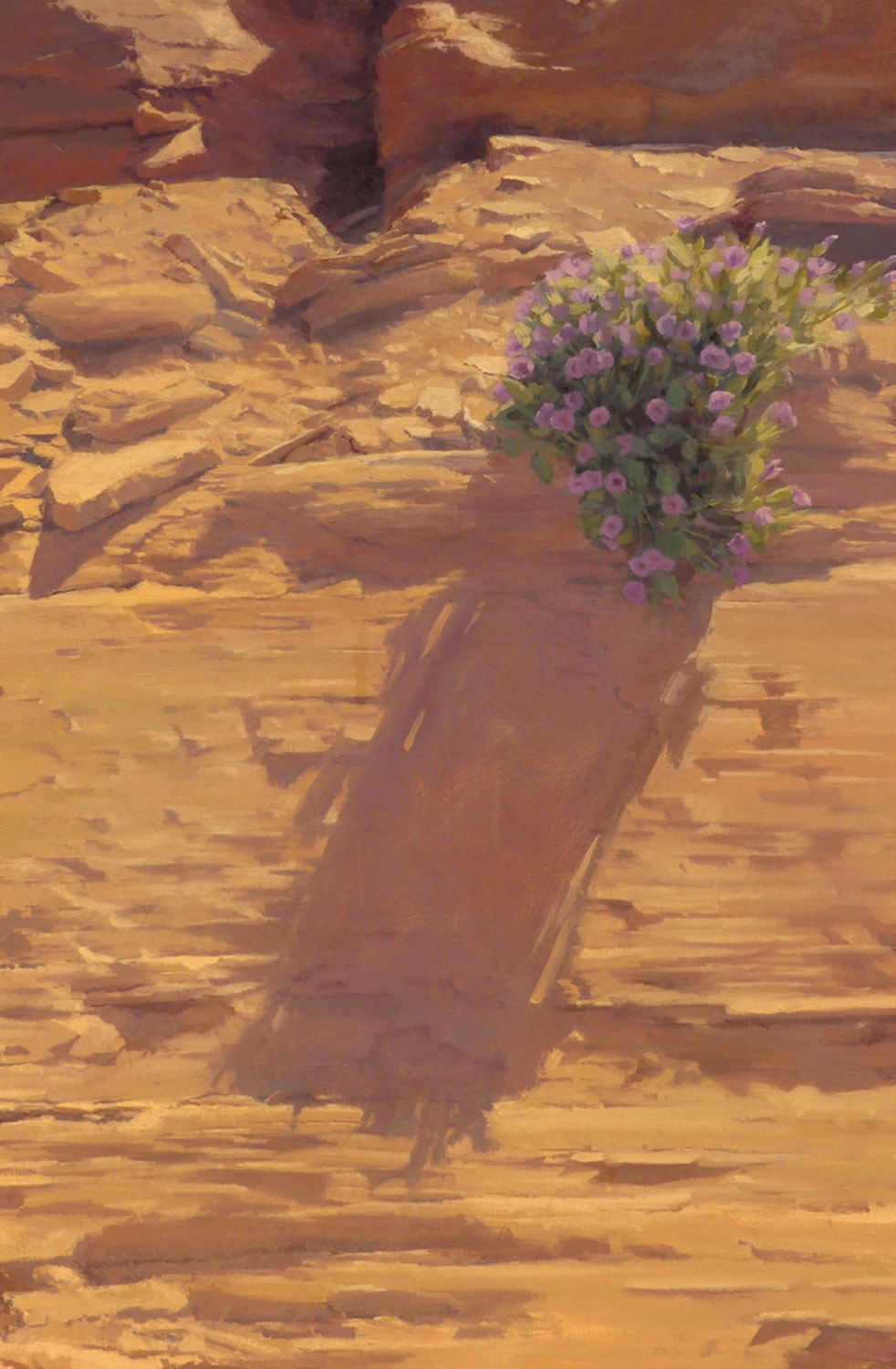
08 Nov Editor’s Note: Methods and Materials
Inside this issue of WA&A, we share the assorted ways that artists and architects use their mediums to express their ideas. Materials that seem fixed — canvas, oil paint, barn wood, concrete, and stone — are transformed into images that communicate beliefs, or structures that influence lives. Here, we document the varied approaches a creator takes to master their medium.
California architects Brian Tichenor and Raun Thorp, for example, view the physical components of the structure as their medium, as well as the flowers, grasses, and trees. The firm designs buildings “by imagining the landscape first,” resulting in a unique harmony that goes beyond connecting indoors and out (“Rendering”).
As a Montana artist who saw Native American artwork move from anthropology museums to major art museums, Earl Biss [1947–1998] approached his medium in a flurry. He sought to master oil paint, experimenting endlessly with thickening, thinning, stretching, and splattering. He called his technique “moving paint” and regularly painted with both hands on separate canvases, using different palettes and wielding tools from sable brushes to torn chunks of cardboard, Q-tips, brooms, and bare feet (“Perspective”).
Artist Luis Tapia, meanwhile, sees his medium as a mode for activism. He’s adapted the santo, one of the oldest traditions of Chicano religious iconography, to share ideas about modern society (“A Living Tradition”). And artist James Prosek’s work is interdisciplinary, using film, painting, writing, drawing, and installations to engage in conversations about art, natural history, and the boundaries that humans impose on nature (“Crossing Boundaries”).
This issue is also a bittersweet one, as we bid farewell to creative director Karen Schmidt, who, more than 10 years ago, first designed the layout of WA&A with “lots of white space, for things to breathe.” She’ll be missed by the many writers, photographers, artists, designers, and architects that she has developed friendships with over the years.
WA&A’s new creative director, Dominique Fultz, will bring her own unique sense of artistry to each story. She’s worked as WA&A’s graphic designer for more than five years, holds a bachelor of fine arts in graphic design from Montana State University, and is also an artist working in letterpress and screen printing. Her mediums of choice: an antique Chandler and Price letterpress, circa 1914; a Challenge Advanced guillotine cutter, circa the late 1890s; and now the layout and design of each forthcoming issue of WA&A.
Christine Rogel, Editor in Chief






No Comments